Believe it or not, most people living in the lower 48 United States, can no longer see the Milky Way at night. For our ancestors, this loss, would have been unimaginable. Studying the Cosmos has been part of human interaction with the natural world for thousands of years. Early agriculturists relied on astronomical observations to know when to plant certain crops. Explorers used the constellations to steer their ships. Every culture throughout history has created stories, myths, and legends, about stars, planets, and other celestial objects. Scientists and non-scientists alike have always been drawn, awed, and inspired by looking deep into the dark night sky. Many of us stargaze to better understand who we are now, and where we came from.
True darkness is becoming rarer globally due to light pollution. But the star-scape at Great Basin National Park is one of the darkest, cleanest, and most stable in the contiguous U.S. The idea for the GBO was born from this desire to preserve a quickly diminishing resource, make it available to the world for scientific investigation, and enhance scientific literacy through its interpretation.
